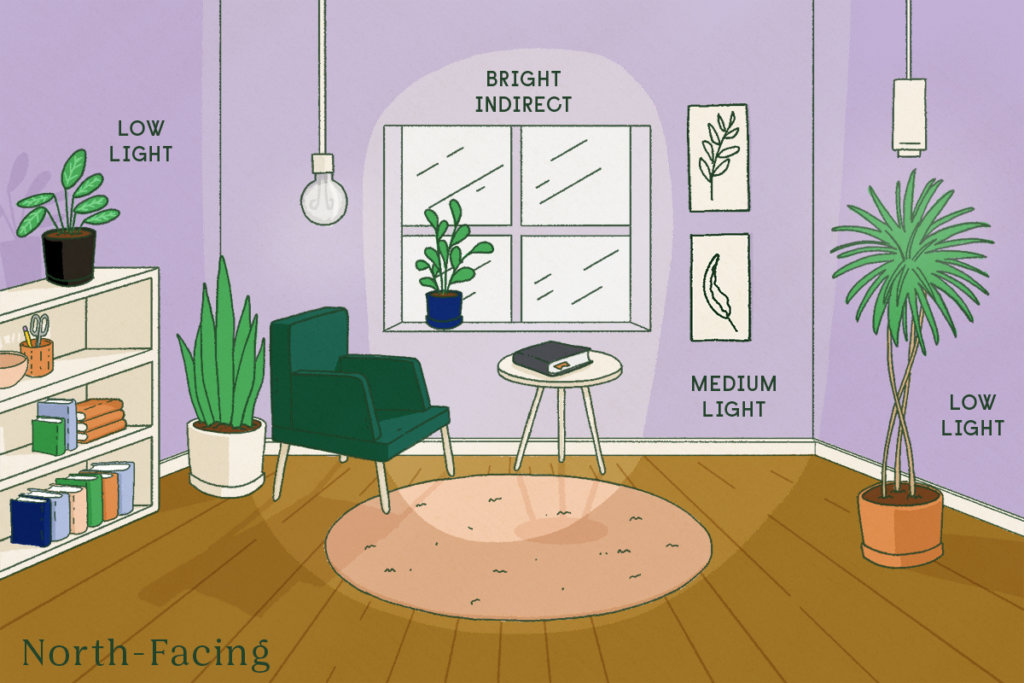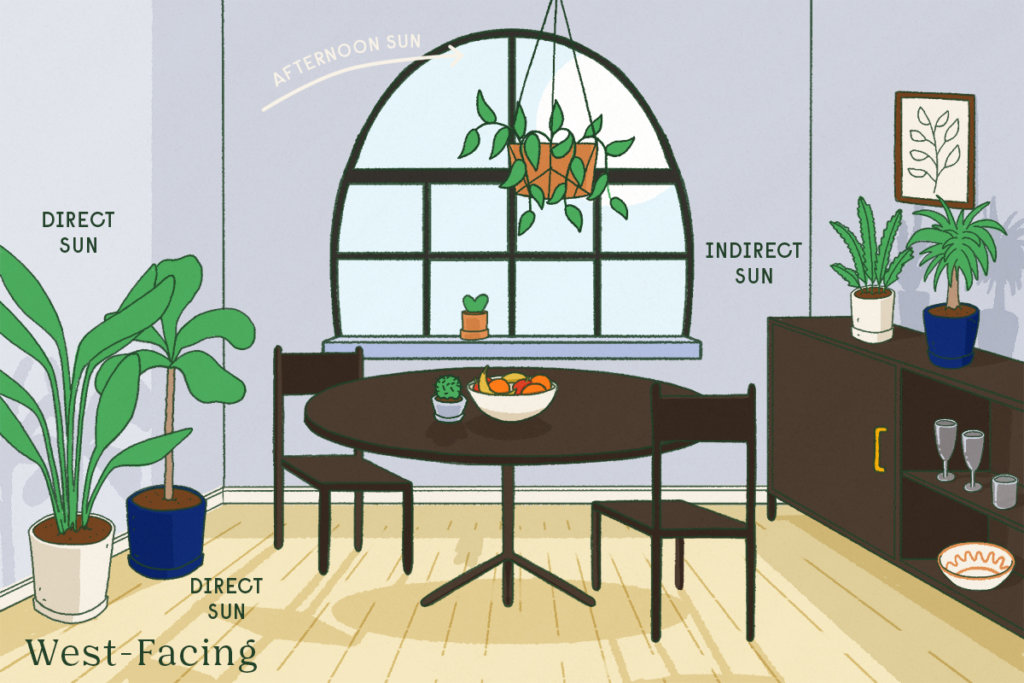In Bruges
In Bruges

From watering, fertilizing and repotting to controlling diseases and mites, there's a lot that goes into growing happy, healthy houseplants. But most plant problems have to do with one thing (or lack of it): light. Light enables plants to photosynthesize, which produces the sugars they need to grow and thrive. It is no exaggeration to say that light is the lifeblood of a plant, regardless of the desired environmental conditions - they literally cannot survive without light.
If you're concerned about the lighting conditions in your home or apartment, you've come to the right place. Read more below about everything to do with indoor plant lighting, from photosynthesis 101 to grow lights and everything in between.
To reiterate the above statement, plants absolutely need natural light sources to grow. While some plants can tolerate extremely low light (we're looking at you, ZZ plant), all claims that a plant can thrive without any light are simply false. While some plants can adapt or survive for a short time, they will not thrive, especially in the long run.
In the words of Darryl Cheng, engineer, author of House Plant Journal, and inventor of a light meter app, "understanding light is the best way to really understand what your plant is going through," he shared with Bloomscape. "The right lighting is what plants need to function. The people you think have 'green fingers' are simply the people with the most windows."
As National Geographic explains, "photosynthesis is the process by which plants use sunlight, water and carbon dioxide to create oxygen and energy in the form of sugar." Basically, plants capture energy from the sun to produce oxygen and make glucose. Plants use glucose to grow and reproduce, and excess glucose is stored in the leaves, stems and roots (which are then eaten by higher organisms such as animals). In other words, more light means more photosynthesis, which equals more growth and vitality.
Of course, different types of plants prefer different lighting conditions based on their natural habitat. Succulents and cacti, for example, are native to deserts and extremely arid climates and therefore like hours of sunlight and minimal watering. In contrast, tropical plants such as ferns, birds of paradise and palms prefer bright, indirect light and more frequent watering to mimic a rainforest environment. Here's how to position the different plants for each type of light.
Drought-tolerant plants such as cacti, herbs, and succulents fall into this category and like a bright, south- or southwest-facing window or sill so they can take in as many hours of direct sun as possible.
Plants like the Heartleaf Philodendron, Dracaena and Ficus Altissima like bright, indirect light. They can handle a few hours of direct morning light from an east-facing window, but they can burn in the afternoon sun. Another option is to place a curtain in front of your south or west-facing windows to protect plants from the bright direct sun.
Hardy medium to low light plants, such as the ZZ plant, pothos and snake plants, can adapt to almost any condition - including a dimly lit apartment or office with only fluorescent lighting. While these plants usually prefer bright indirect light, they also tolerate less than ideal conditions. If you keep a plant in a lower light environment, you will need to adjust the amount of water you give the plant, as they photosynthesize less in these conditions.

North-facing windows provide a lot of medium indirect light suitable for low-light plants. There is no direct sunlight in this direction.

South-facing windows receive the most hours of direct sun per day. They receive direct light almost all day except early morning and late afternoon. South-facing windows are a great option for plants such as cacti, succulents, and your indoor herbs and vegetables.

East-facing windows receive a few hours of direct sunlight in the morning, and bright indirect light for the rest of the day. East-facing windows are a good option for most tropical plants that like bright indirect light.

West-facing windows receive direct sun in the afternoon or evening and bright indirect light throughout the rest of the day. West-facing windows are a good option for plants that like some direct light, such as succulents or succulent-like plants.
Luckily, your plant will tell you clearly whether it's getting too much or too little sunlight. Good luck! And as always let us know if we can help you with anything about plants!
Leave a comment